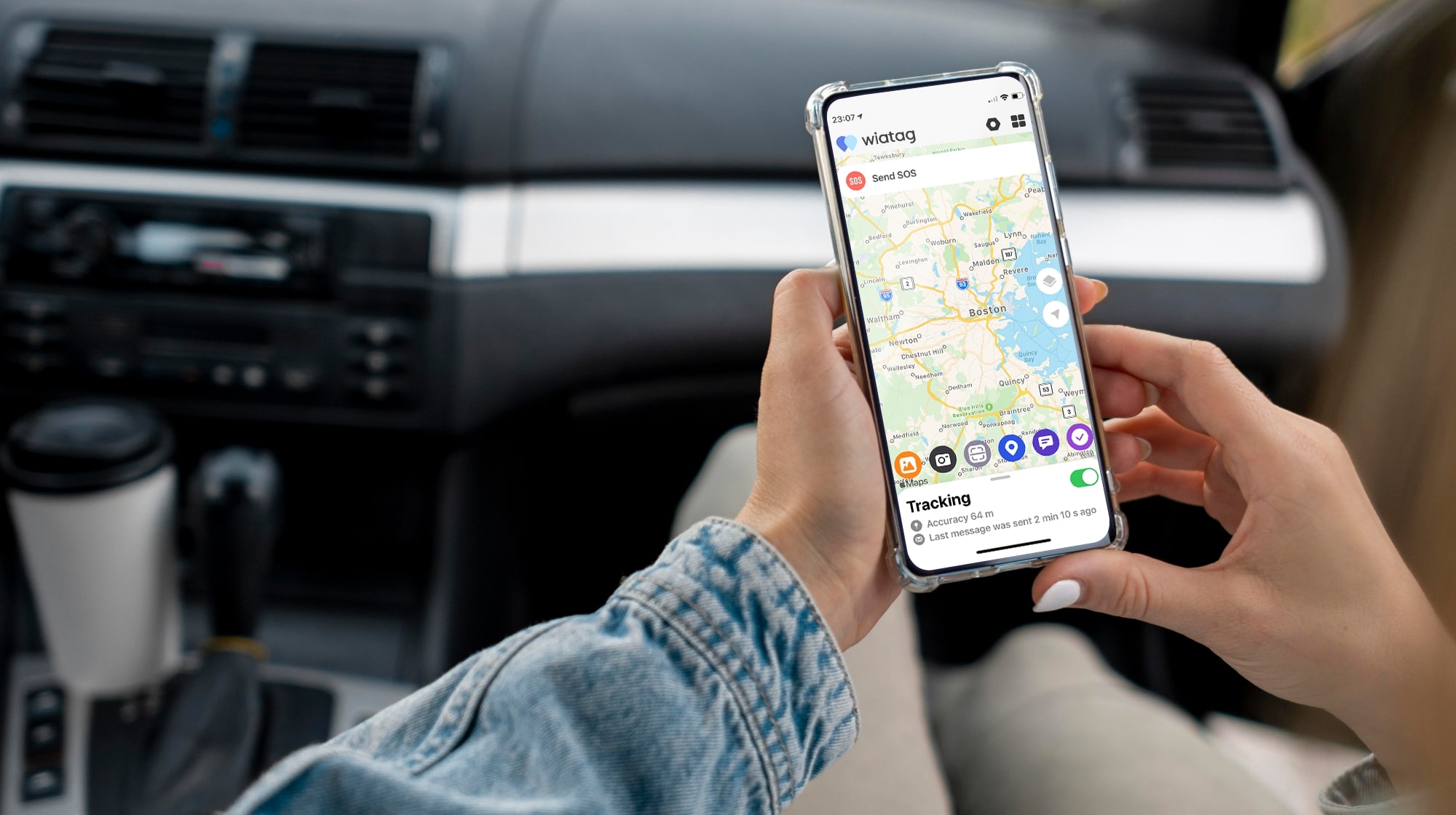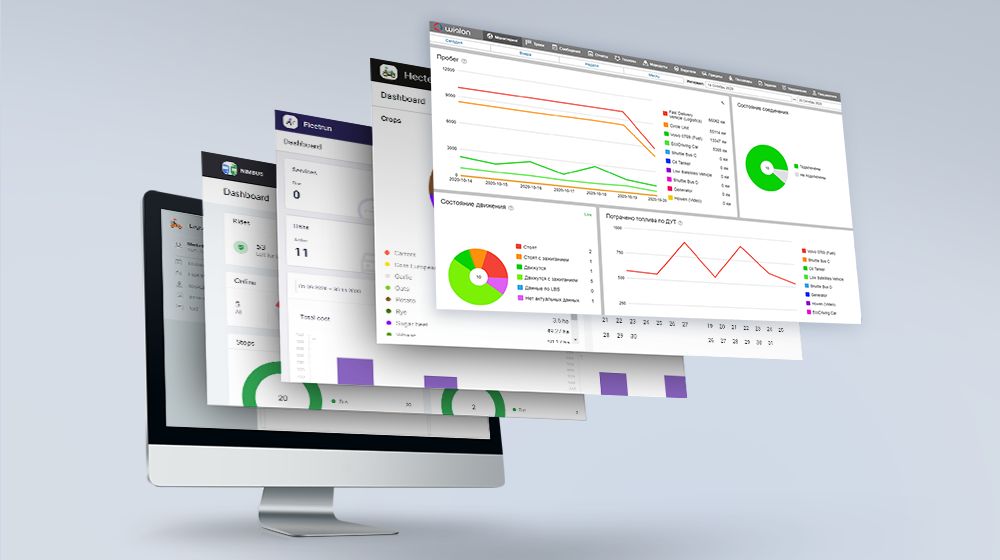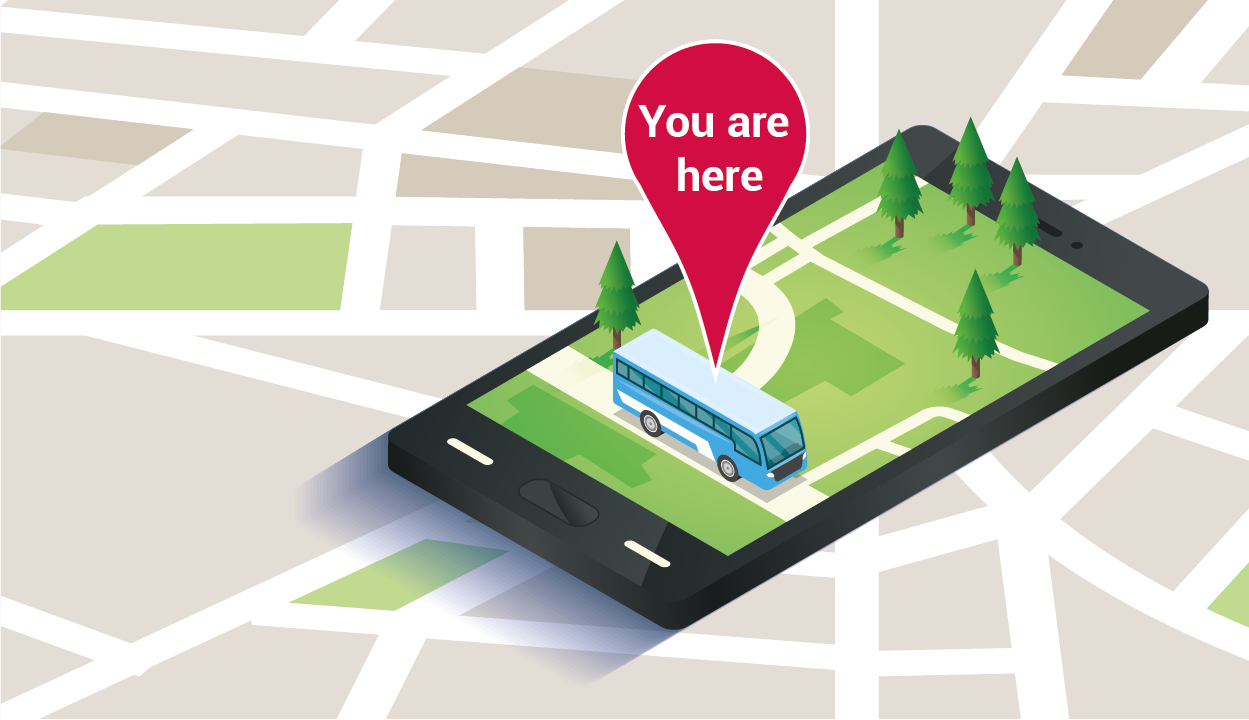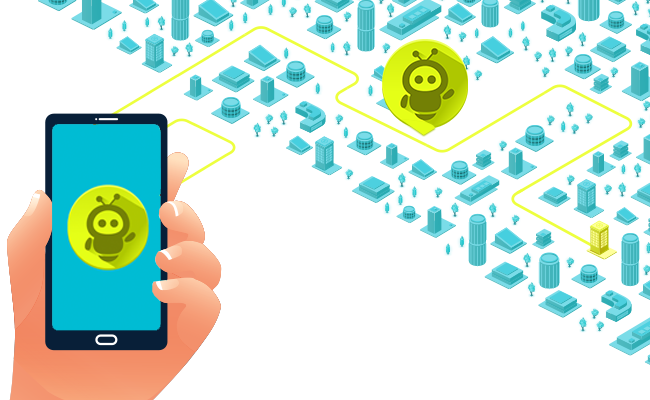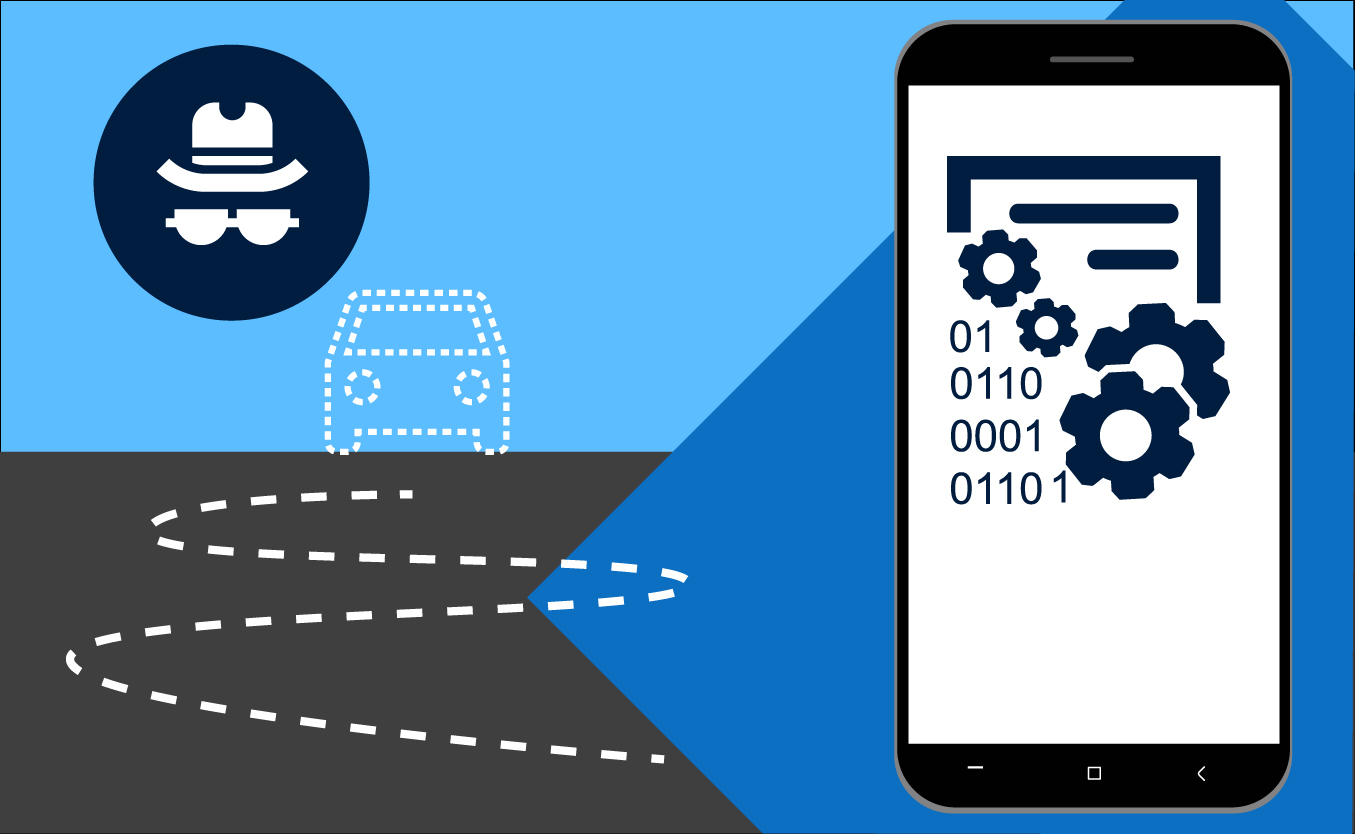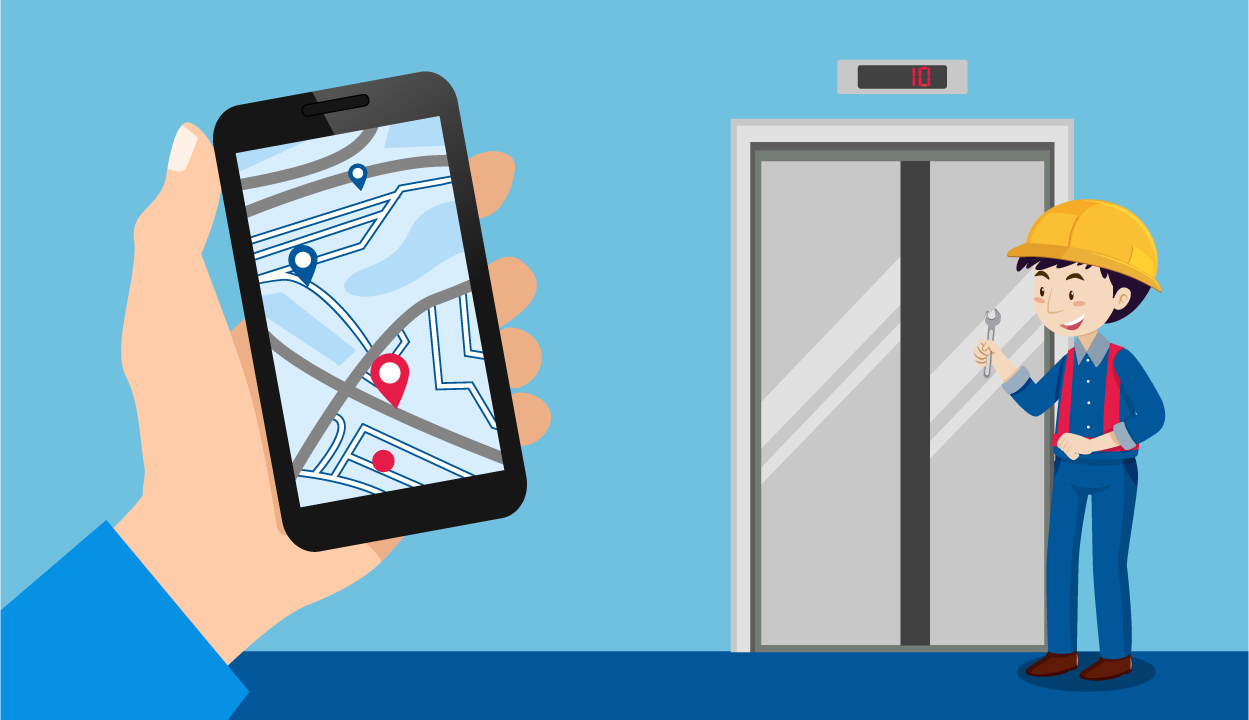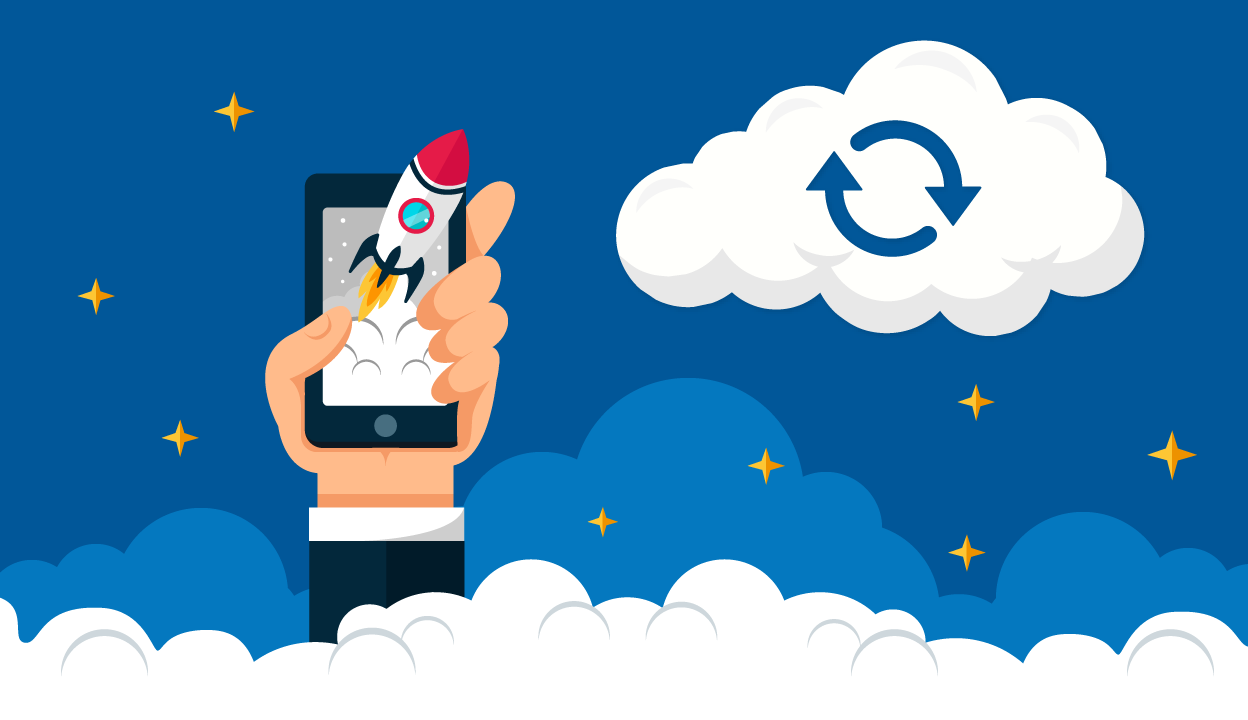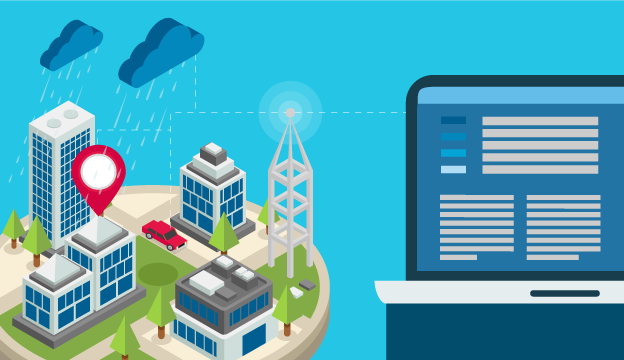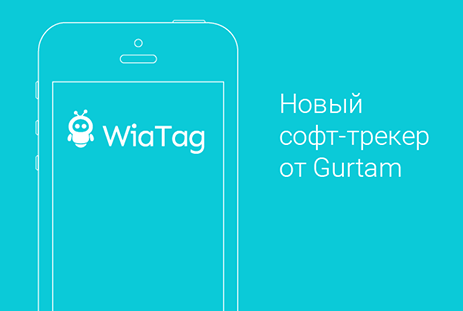June 30, we released a new version of WiaTag, the mobile GPS tracking solution. Learn more about how it has changed, what new features it boasts and how the app works now.
Beta testing completed: what’s next?
On April 29, we talked about a new WiaTag version and invited everyone to participate in public beta testing. Many people supported our proposal: they downloaded WiaTag, sent their comments and suggestions. We took your feedback into account, made some changes to the product, and on June 30 uploaded it to the App Store and Google Play, fully replacing the old WiaTag version.
Here's what has changed in the Android and iOS apps.
How WiaTag works now
We have completely redesigned how WiaTag looks and works: now the app both retains its wide functionality and becomes easier to use.
The new WiaTag mobile application contains only what users need in their work. We moved the settings into the separate Configurator web application. This changes the management of the app’s copies installed on multiple employees’ devices.
The new approach to modes
First of all, we changed the approach to modes. In WiaTag, a mode is a combination of settings for filtration, collecting, and sending data. By selecting the mode, the user defines the frequency and accuracy with which data will be collected and sent to the monitoring system.
How it was
The old version of WiaTag had 4 modes: Active, Standard, Lite, and Custom. The user selected the mode he/she needed and then tweaked it for his/her tasks. This minimized the difference between the modes.
What we have now
The approach to operation modes has become more precise. Now it is easier for the user to navigate the WiaTag modes and choose the most appropriate one among them.
The new version has 3 modes:
- Light. This is a minimum battery consumption mode, its accuracy is enough to keep track of the unit and the route of movement.
- Standard. The mode has moderate battery consumption and provides a detailed track of the unit movement.
- Custom. If the ready-made modes don’t fit the user’s needs, they can configure their own and select the interval for collecting and sending data, as well as configure filtration.
The first and second modes are pre-installed and can’t be changed by the user. If these settings don’t suit the user’s needs, he/she chooses the Custom mode and indicates the frequency and accuracy of the data received from the unit. There can be only one Custom mode on the device.
This way the user avoids confusion with dozens of modes when the difference between them is no longer clear and the user sets a new one over and over again.
Design
How it was
We wanted to make the WiaTag app design as modern and intuitive as possible for the user.
What we have now
We have completely redesigned the app by switching to the modular widget system.
Now every function and action within the application takes the form of a separate widget. The user can easily find the needed functionality and hide unnecessary options.
Should the driver immediately report a car breakdown or another force majeure case? It can be easily done with the Send SOS widget. What to do if the courier doesn’t need the Take a photo feature? This widget can be hidden and stop distracting the worker.
Nearly every widget is available in two versions:
- short. For example, a widget for sending an image looks like the Send Image button that opens a photo gallery when you click it;
- extended. In addition to the button, the same widget shows a preview of the images, among which the user will select the necessary ones without going into the gallery.
For different widgets, the extended version will vary: for some, it can be greater functionality, for others – an increase in size for ease of use. The user can switch from the widget to the map using the button in the upper right corner.
Widgets in WiaTag
In the future, the design will allow us to add new features without modifying the whole application.
The login screen has been upgraded. The user of Wialon Hosting and Wialon Local can choose the most convenient authorization method: via QR code, by using a Wialon account, or by entering an ID and password. Also, the Wialon Hosting user no longer needs to enter information about the server, as it is filled in automatically.
Old versus new login screen
Another small but nice update: the user can enable dark mode in WiaTag. This saves the device’s battery life and reduces the user’s eye strain.
What is the Configurator
It was not always easy for end-users to navigate the application setup. To help them, the previous version provided integrators with the remote configuration feature. It simplified the app set-up but still had room for improvement: the integrator had to generate configuration files and send them to devices. This didn’t always come in handy for integrators, and they had to manually configure the app on each smartphone.
We wanted to spare the user from the configuration work and at the same time facilitate it for integrators. That’s why we have developed the separate Configurator web application.
To log in to the Configurator app, please use your Wialon account credentials.
What the Configurator does:
flexibly, remotely and in bulk configures units in WiaTag without physical access to the user's smartphone.
The partner selects devices from the list, and settings are sent to them automatically, without the need to edit the configuration file and manually send it using commands. The selected settings can be saved as a template, which is a great time saver.
Imagine the user who owns a large delivery service, with a lot of employees fulfilling different tasks. Now the user doesn’t have to waste time sending setting files to their devices and figuring out which files work for a courier or for a loader in a warehouse. Now the user selects and applies a template – as simple as that;
generates QR codes to quickly log in to the application. When the user logs in with a QR code, all the integrator's settings apply automatically, with no need to re-configure anything. Also, the user doesn’t have to send a password or an ID number to the worker: a QR code or a link will be enough.
Let's go back to our example: on the first day at work, a new courier activates WiaTag using a QR code and start working with the application that has ready-made settings, for example, a set of statuses (At a warehouse, On the road, Free, etc.);
requests logs from the device for diagnostics without user participation.
This ensures better communication between the service provider and the user since the former doesn’t have to ask the latter to go into the settings and send logs. Now the integrator just needs to open the tab in the Configurator and get all the logs from the device.
The Configurator screen
How to start working with WiaTag and Configurator
From June 30, WiaTag is available for iOS and Android in three languages: Russian, English, Spanish.
WiaTag
A new WiaTag user can download the app with the links from the app stores:
If WiaTag is already installed on your device, the app can get automatically updated (if auto-updates are enabled) or the user can do it on their own, tapping on the Update button in the settings.
Configurator
Follow the link to log in to the Configurator.
FAQ
1. What happens to my settings when I update the app?
We did everything to make migration as seamless as possible and preserve the current settings in the new app. Unsent messages will also be transferred to the new Wiatag.
2. Will you white label the app?
Yes, it will be possible to use, promote and distribute both the WiaTag mobile solution and the Configurator web application under your own brand. July 14, 2021, we start accepting white label requests. Please send your request to sales@gurtam.com or leave it in the CMS.
3. What will happen to the app's old version?
From June 30, the new version of WiaTag replaces the old one in the app stores. If you do not want to update the application yet, the old version can be used further, including its white label version. But we will no longer develop and upgrade it.
4. What Wialon Local versions does the new WiaTag work with?
The application will continue to work with every Wialon Local version of Wialon Local. The WiaTag mobile application will communicate with the platform, send and receive commands, and much more. However, only the owners of the latest Wialon Local 2104 version will be able to use the Configurator web application.
Subscribe to our blog and stay updated. We have a lot of news about WiaTag and other Wialon solutions ahead.
